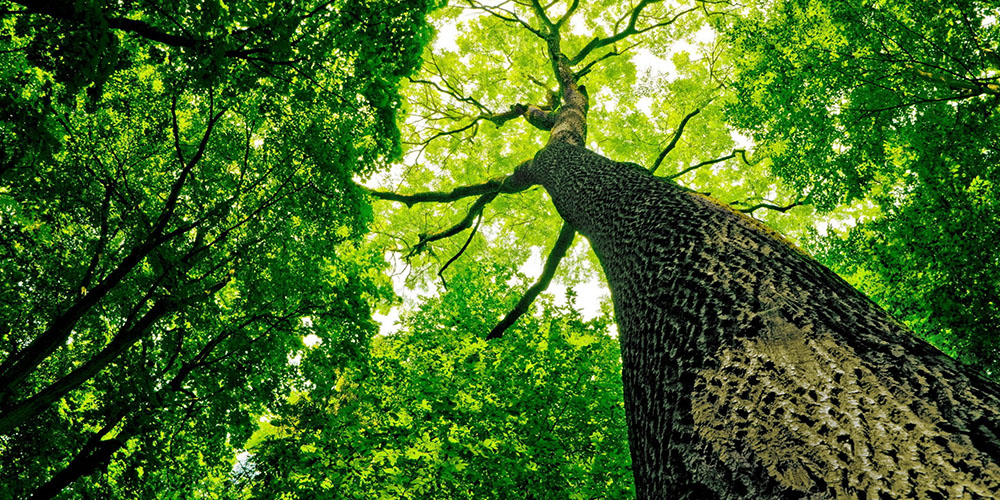Learn About Forests: Trees in Trouble
Or follow along below:
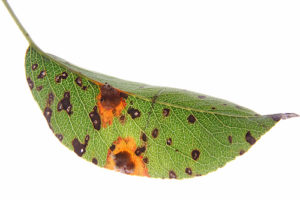
Plan
Key Concepts: Forest management includes actions employed over a long-term to purposefully guide the species composition, size and age of trees in a forest. Forest management plays an important role in maintaining forest health and resilience. [PLT’s Forest Literacy Framework, Concept 3.C.2]
Objectives: Provide opportunities and materials for learners to:
- Recognize symptoms of unhealthy trees
- Assess possible causes of a tree’s poor health.
Session Time: 50 minutes
Setting: Outdoors
Background
Trees require some of the same things that people and animals need to grow and thrive. For example, they need plenty of water, nutrients, and room to grow. If these requirements are not met, a tree may grow slowly or even die.
When a person is ill, we look for symptoms to help us identify what is wrong. Trees also exhibit symptoms that can help us identify the cause of a problem. Loss of vigor, discolored or misshapen leaves, insect bore holes, and wounds are all signs that something is wrong. The worksheet provides specific information about potential signs and what they might suggest about tree health.
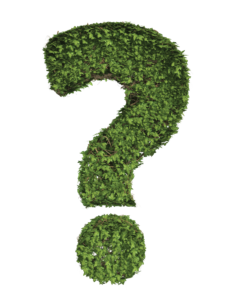 Benefits of Forests:
Benefits of Forests:
By monitoring forest health, forest managers can determine the stability of the forest ecosystem and the magnitude of any changes. They look for indicators such as tree and crown condition, forest diversity, and presence of wildlife to assess forest health.
Prepare
Materials:
Optional: Camera.
Get Ready:
Make copies of the worksheet. Locate an area with at least several trees for learners to examine (this activity is best done when trees have their leaves). Identify examples of unhealthy tree conditions like those described on the worksheet, or take pictures of such trees at your site if you are visiting learners elsewhere.
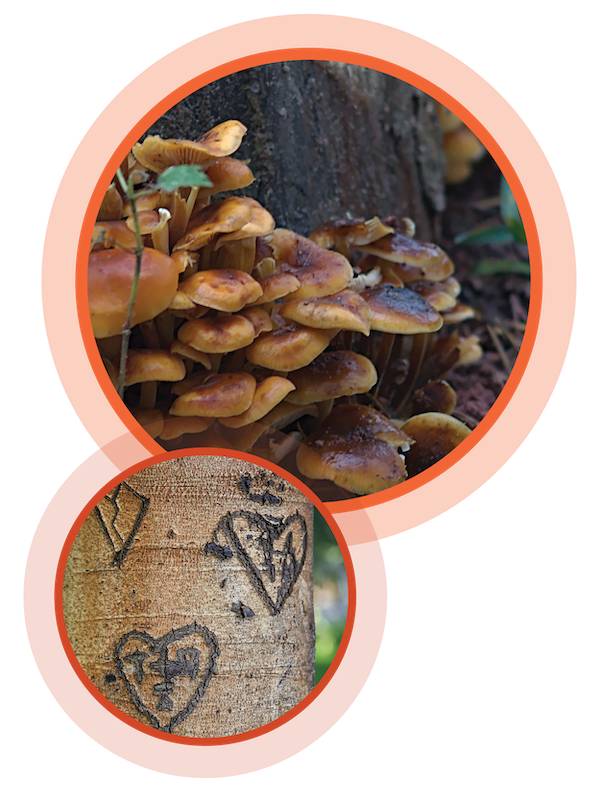 Lead
Lead
Introduce
As a group, discuss what kinds of things cause a person to get sick. (Responses might include poor nutrition, contaminated water, a lack of food or water, viruses, toxic substances like smoke or drugs, disease, and physical injury.) Ask learners what people can do to stay healthy. (Responses might include eat a balanced diet, exercise regularly, and act safely.)
Experience
- Invite the group to brainstorm a list of signs of a healthy tree. Possibilities include: New growth, full branches, strong bark, and lots of healthy leaves. Ask: What kinds of things can compromise tree health? What do trees need to stay healthy? How are those things like or unlike the things that keep humans healthy?
- Invite learners to observe a variety of trees to assess for health indicators. Provide them with copies of the tree health worksheet to identify indicators of unhealthy trees. You may choose to show them some examples onsite or with photos.
- Give learners time to examine the trees. Encourage them to make sketches or take pictures of their findings, such as broken branches; unusual leaf colors or shapes; holes; hollows in the trunk; trunks damaged from scratches, carvings, or graffiti; or uprooted, fallen trees that still appear to be alive.
- Ask learners to explain what they think caused the damage they found, supporting their claims with evidence they observed.
Connect
Invite learners to brainstorm things that could be done to improve the health of the trees.
Close
Ask: How healthy or unhealthy are the trees in our study site? Why do you think people should care about the health of trees?
Take Action!
Point out that urban foresters plant and manage the trees in a city, monitoring them to make sure they are healthy. Invite learners to list ways they could help to protect the trees in their neighborhood.
Tips for Collaborating with Schools & Youth Group Leaders
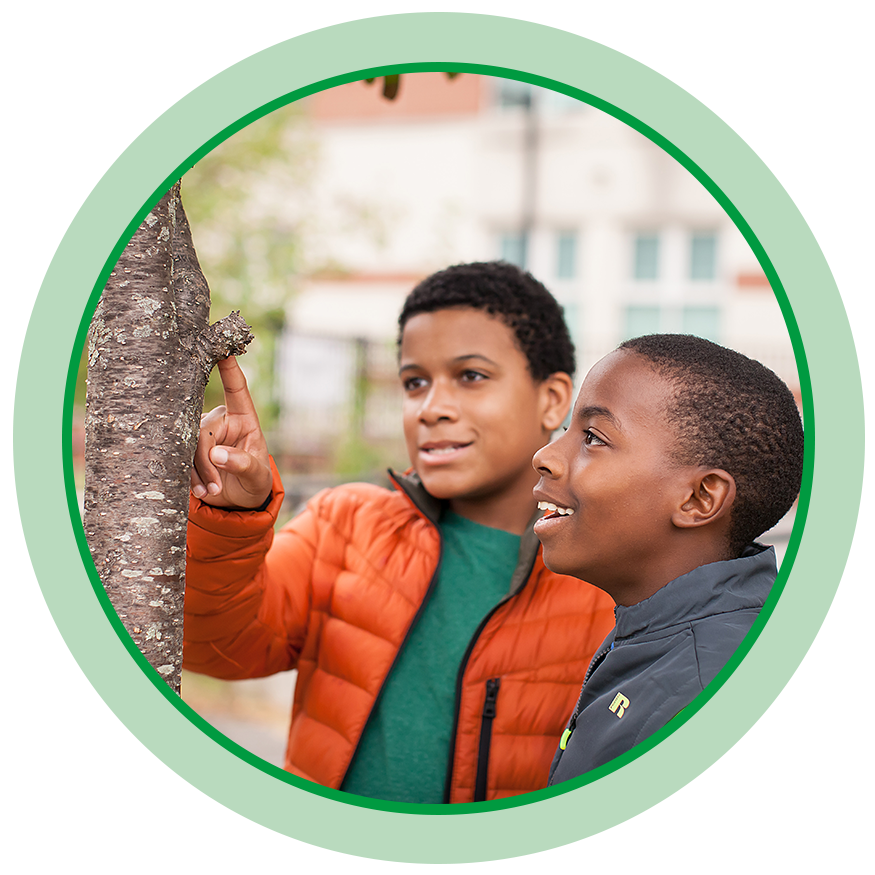
Bring a copy of the For Educators: Using Trees to Teach handout to leave with educators. The resource includes a list of suggested follow-up actions for learners, lists connections to academic standards, and refers educators to more PLT environmental education resources.
When working with a school group or youth group, consult with the teacher or leader to:
- Share objectives and coordinate instruction.
- Select activities to complement topics or concepts taught in the classroom.
- Ask about any:
- Behavior concerns
- Language considerations
- Physical or learning disabilities
- Prior knowledge and exposure to related topics
- Make suggestions for attire that is appropriate for both the weather and the activity.
- Request that discipline be the responsibility of the teacher or youth group leader.
Not sure how to establish a connection with schools or youth group programs? You might try introducing yourself and describing what you could offer. See Local Support to find your local PLT contact who can offer support when reaching out to schools.
Login to download supporting materials such as appendices and teaching tips.
Login

